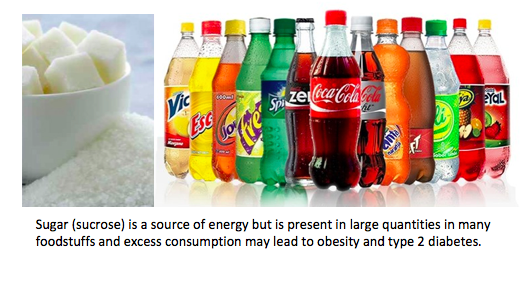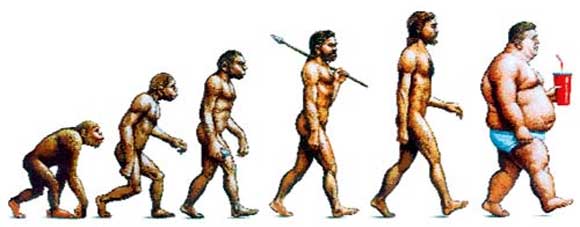B.1 Introduction to biochemistry
Written specifically for students to provide help and support for the IB Diploma chemistry programme this page provides full coverage of the syllabus content of Option B - sub topic B.1. It encourages you to think critically and provides many questions with full worked answers so that you can monitor and improve your knowledge and understanding.


 Learning objectives
Learning objectives
After studying this topic you should be able to:
 Understand
Understand
The structures and shapes of biological molecules determine their diverse functions.
Metabolic reactions occur in highly controlled aqueous environments.
Reactions involving the breakdown of biological molecules are known as catabolic and reactions involving the synthesis of biological molecules are known as anabolic.
Biopolymers are formed by condensation reactions and decomposed by hydrolysis reactions.
Photosynthesis uses light energy to synthesize energy-rich molecules from carbon dioxide and water.
Respiration describes a complex set of metabolic processes which provides energy for cells.
Apply your knowledge to:
Explain the difference between condensation and hydrolysis reactions.
Use summary equations of photosynthesis and respiration to explain the potential balancing of oxygen and carbon dioxide in the atmosphere.
Relationships & vocabulary
Nature of science
Biochemical systems involve many different reactions all occurring simultaneously in the same location. As technology has advanced more data has been collected. This in turn has lead to the discovery of patterns in metabolic reactions.
International-mindedness
Metabolic reactions in the human body are dependent on the supply of nutrients through a regular and balanced diet. There are significant differences in the availability of nutritious food in different parts of the world. These differences have a major and diverse impact on human health.
Vocabulary
| metabolic | anabolism & anabolic | biopolymer | condensation | hydrolysis |
| respiration | catabolism & catabolic | photosynthesis | aerobic | anaerobic |
Learning slides
You can use this slide gallery for learning or for reviewing concepts and information. It covers all the key points in the syllabus for this sub-topic.
Something to think about
The section on International-Mindedness for this introductory sub-topic stresses “the differences in the availability of nutritious food, which have major and diverse impacts on human health”. In the past the word ‘malnutrition’ would most probably have conjured up thoughts of children dying of hunger in the poorer parts of the world. Sadly this still happens but by far the greatest problem associated with malnutrition is obesity. As the statistics below show, 65% of the world’s population live in countries where being overweight and obese kill more people than being underweight. Obese people have a shorter life expectancy and are at greater risk of developing diabetes and cardiovascular disease.

The evolution of man? (Image from EmDocs)
The facts below produced by the World Health Organisation make sober reading.
- Worldwide obesity has nearly doubled since 1980.
- In 2008, more than 1.4 billion adults, 20 and older, were overweight. Of these over 200 million men and nearly 300 million women were obese.
- 35% of adults aged 20 and over were overweight in 2008, and 11% were obese.
- 65% of the world’s population live in countries where overweight and obesity kills more people than underweight.
- Overweight and obesity are the fifth leading risk for global deaths. At least 2.8 million adults die each year as a result of being overweight or obese.
- 44% of the diabetes burden, 23% of the ischaemic heart disease burden and between 7% and 41% of certain cancer burdens are attributable to overweight and obesity.
- More than 40 million children under the age of five were overweight in 2011.
- Obesity is preventable.
The WHO has also produced a map of the world showing the percentage obesity for both adults and children for each country.
As you learn about this option consider the importance of a healthy diet and make yourself aware of the problems associated with obesity.
Test your understanding of this topic
(Note that your teacher may have restricted your access to some or all of these questions and worked answers if they are going to use them as a class test or set them as an assignment.)
For ten 'quiz' questions (for quick testing of knowledge and understanding with the answers explained) see MC test: Introduction to biochemistry.
For short-answer questions see Introduction to biochemistry questions together with the worked answers on a separate page Introduction to biochemistry answers.
More resources
1. A video that emphasises the difference between anabolic and catabolic processes by SnapshotBiology.
![]() Anabolic & catabolic processes
Anabolic & catabolic processes
2. A good description of photosynthesis.
3. Some examples of condensation reactions to form disaccharides.
![]() Condensation of sugars to form disaccharides
Condensation of sugars to form disaccharides

 IB Docs (2) Team
IB Docs (2) Team 












